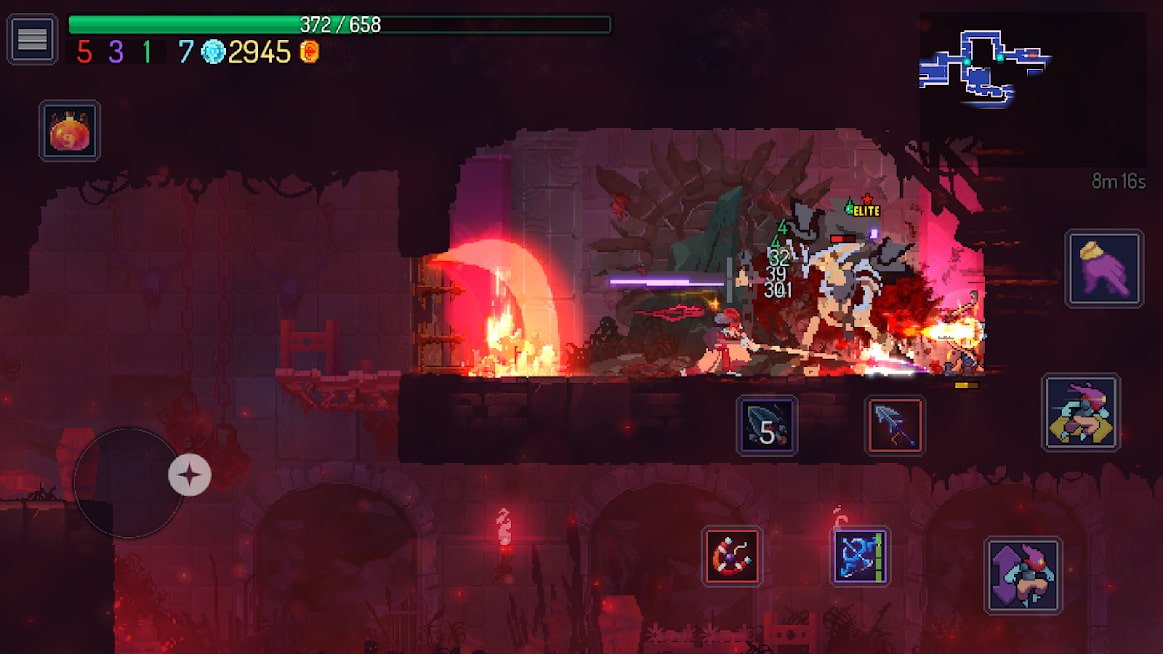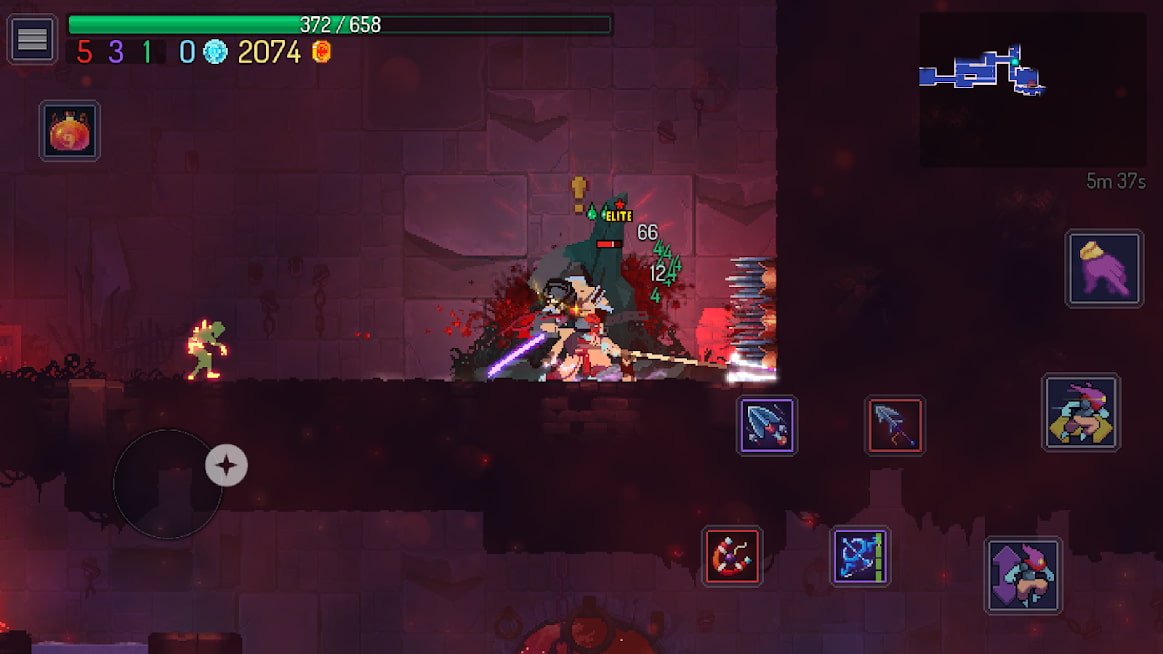

Dead cells progression upgrade#
That makes it 17 runs just to upgrade one stage of one item. Completing the first level of the game earns on average 14 cells. Here is an example, for a higher number of health potions I needed something like 240 cells. But increasing the effectiveness of each item requires one to spend the cells of dead enemies in between levels, and this process is extremely slow. There are blueprints to unlock new weapons to find, which is fine. However, as satisfying as the game is, I found that the meta/permanent side of the game design was not very well done. The game has a huge emphasis on speed, but it remains possible to play it slow and methodical.
Dead cells progression free#
The combat is a perfect mix between action-packed and tactical, leaving players free to let their own playstyle shine. That is, except that their levels are increasingly better as you progress through the levels. Each weapon or trap feels a bit different, while they are all pretty well balanced. There are random attributes to all these tools that can sometimes create incredibly powerful combos, such as a thrown dagger that burns enemies followed by an attack from a sword that deals double damage against burning enemies. There all sorts of traps to stun or slow enemies, or turrets engaging enemies automatically as long as you are nearby. Completing this arsenal are grenades or traps. Two main weapons can be picked right from the start, usually a sword and a bow, but it could be a whip and a shield according to what you unlock as you play. Each attack feels impactful while the movements are empowering. Which means that the usual dread of a new start is quickly replaced by the feverish flow of brutal death. Roguelites tend to force players to start with a rather weak main character, but in Dead Cells, right from the start it is possible to perform a dodge roll, a double jump, drop down for a powerful dive attack, knock out enemies behind doors and chain stun enemies. In the case of Dead Cells, the answer is because the combat mechanics are incredibly fast and satisfying. Which then begs the question, if each run is so similar, why would you want to play the same thing over and over? The rooms generated are not suddenly absurdly difficult. The frequency of stats boosts is similar across runs. For instance, it is always possible to refill a health potion at the end of a level. Another issue with many roguelites is that randomness can completely ruin a good run, and Dead Cells is admirably free of such frustrations. Information obfuscation is one of the dumb staples of roguelite games since The Binding of Isaac (leading to play with a browser open to display the dedicated Wiki), but thankfully due to backlash roguelites have started to display more useful information such as the damage that each new item does. It’s not a big deal as it becomes obvious that the player needs to beat the boss of each level to unlock these trinkets, but I wish information was conveyed a bit more properly. My problem was that all these dead ends are laid on the path of the player with no clue as to where to find the right trinket, and interacting with them to no effect was frustrating.

Dead Cells is no exception to that game design rule, as there are many different interactive elements that require runes dropped by bosses. Metroidvanias usually gate some paths behind obstacles that can only be cleared once the player character has acquired some specific powers. Also, the levels can have several exits leading to different sets of levels which means that the order by which someone plays the adventure is not strictly linear. While going back to a previously visited level is not possible, each level is built like a Metroidvania castle with several rooms to explore and teleporters to connect the different parts. The aim is to escape some sort of prison island that reconfigures itself each time our protagonist dies and its smoky head finds its way back to a new corpse, ready for a new adventure.

Dead Cells puts players in the shoes of a bunch of cells fitting into the shoes of a freshly decapitated corpse.


 0 kommentar(er)
0 kommentar(er)
